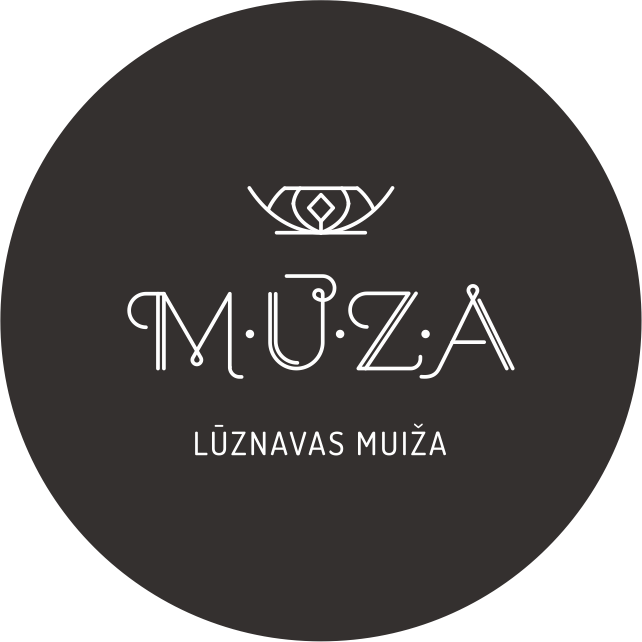CORIANDER
Latvian: koriandrs sējas
German: Koriander
Swedish: koriander
Estonian: aedkoriander
Lithuanian: blakinė kalendra
Russian: кориандр посевной
It is an annual plant up to 1 m tall, native to the eastern Mediterranean region. Also
found in South Asia and southern Europe. In Latvia it is grown as a herb and
medicinal plant. Dried coriander seeds have been found in the tombs of the ancient
Egyptians.
It is also called Asian parsley because it is used there most often in fresh form.
Coriander is an annual plant whose leaves are arranged alternately, they are very
similar to parsley, but the roots are light brown, carrot-like. The flowers are small,
white or reddish, arranged in a cyme. Seeds - round, light brown - yellowish. All parts
of the fresh plant have an unpleasant bug smell.
The plant blooms in June, July.
APPLICATION
Coriander is one of the oldest known herbs. Both leaves and seeds are used fresh
and dried. Dried coriander seeds have been found in the tombs of the ancient
Egyptians. Coriander seeds contain 0.4-0.8% essential oil (up to 3% in the seeds),
pectins, tannins, vitamin C.
The seeds have a pleasant, sharp smell and taste. They are widely used in the
preparation of liqueurs, sausages, pastilles, in the perfumery industry, but also in the
production of beer in England and Germany.
In cooking, both leaves and seeds are used in the preparation of salads, rice,
compotes, fish, pastries, bread, marzipan, beans and peas, cabbage, beets and
carrots. An aromatic substance - citrole - is obtained from coriander seeds, which is used in
the production of preparations that stimulate digestion.
Coriander oil is used to treat insomnia and fatigue.
fitoterapija.lv
Augu katalogs ir tapis ar Eiropas Savienības finansiālu atbalstu Pārrobežu sadarbības programmas 2014.–2020. gadam projekta LVIII-062 “Versts of Feelings 2” ietvaros


